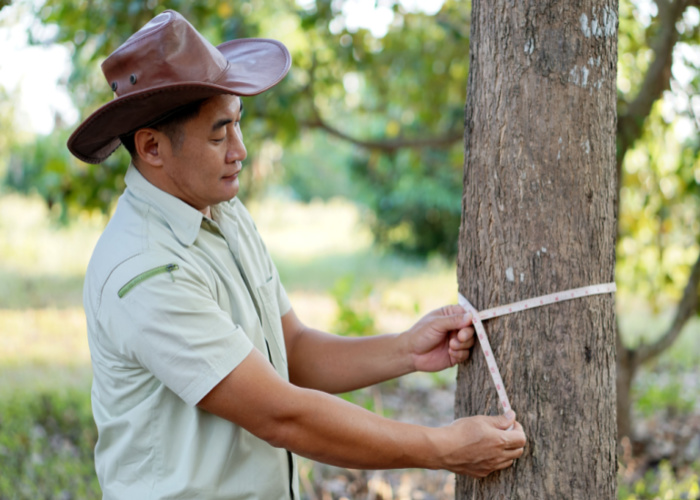The Role of Danger Tree Assessment in Ensuring Public Safety
Public safety is of utmost importance in any community. One aspect that often goes under the radar is the assessment of danger trees. These trees pose a significant risk to public safety as they have the potential to fall or drop limbs unexpectedly, causing injury or property damage. Danger tree assessment plays a vital role in identifying and mitigating these risks, ensuring the safety of the public.
Danger trees are trees that have structural defects or health issues that make them prone to failure. These defects can include decay, disease, insect infestations, root damage, or mechanical damage from storms or other factors. When a tree has one or more of these issues, it becomes unstable and poses a risk to anyone in its vicinity. If you are also looking for tree services, you may search online or visit this website to find the best one.

Image Source: Google
Danger tree assessment plays a crucial role in ensuring public safety in many different scenarios, including urban areas, parks, recreational areas, and forests. Here are some reasons why danger tree assessment is so important:
1. Preventing accidents: Danger trees refer to trees that pose a risk of falling or collapsing due to disease, decay, or other factors. Assessing these trees helps identify and mitigate potential hazards, preventing accidents such as falling branches or toppling trees that could harm people or property.
2. Minimizing property damage: By identifying and removing dangerous trees, danger tree assessment helps minimize the risk of trees falling on buildings, cars, power lines, or other infrastructure. This reduces the potential for costly repairs and disruptions to essential services.
3. Ensuring public safety: Public spaces, such as parks and recreational areas, are often frequented by people of all ages. Assessing and managing dangerous trees in these areas ensures the safety of visitors, reducing the likelihood of injuries caused by falling trees or branches.

